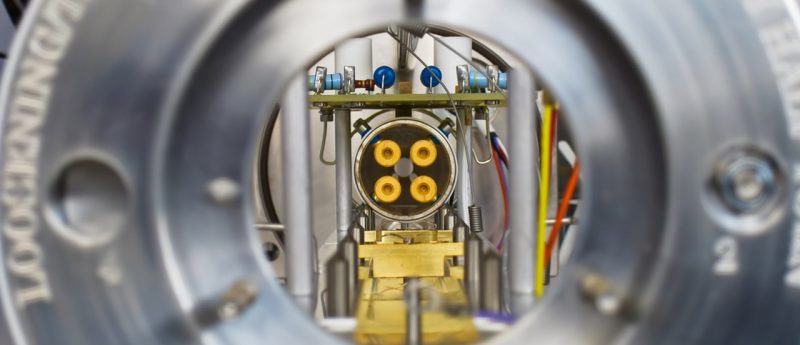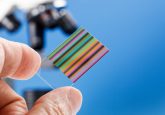New test can detect drug use from a single fingerprint

A team of researchers has used different types of mass spectrometry to analyze the fingerprints of patients attending drug treatment services. Their results demonstrate that this method can determine whether cocaine has been ingested, where previous fingerprint tests could only identify whether the suspect had touched cocaine.
The team, from the University of Surrey (UK), Netherlands Forensic Institute (Netherlands), National Physical Laboratory (UK), King’s College London (UK) and Sheffield Hallam University (UK), compared their findings to saliva samples, which are a more commonly used sample for drug detection. Their findings were published recently in Analyst.
“When someone has taken cocaine, they excrete traces of benzoylecgonine and methylecgonine as they metabolize the drug, and these chemical indicators are present in fingerprint residue,” explained Melanie Bailey, Lecturer in analytical and forensic science at the University of Surrey, and lead author of the published results.
“For our part of the investigations, we sprayed a beam of solvent onto the fingerprint slide (a technique known as desorption electrospray ionization) to determine if these substances were present. Desorption electrospray ionization has been used for a number of forensic applications, but no other studies have shown it to demonstrate drug use.”
The potential applications for the test could be far-reaching due to the routine need for drug testing in law enforcement. Traditional testing methods have limitations, such as the need for staff training to conduct blood tests and the privacy concerns associated with urine testing. Testing bodily fluids also requires storage and disposal methods specific to biologically hazardous material, and often requires off-site analysis.
“The beauty of this method is that not only is it non-invasive and more hygienic than testing blood or saliva, it can’t be faked,” Bailey described. “By the very nature of the test, the identity of the subject is captured within the fingerprint ridge detail itself.”
Within the next decade, the team anticipates that we could see the introduction of portable drug tests using this technology.
“We are only bound by the size of the current technology,” concluded Bailey. “Companies are already working on miniaturized mass spectrometers, and in the future portable fingerprint drugs tests could be deployed. This will help to protect the public and indeed provide a much safer test for drug users.”
Sources: Bailey MJ, Bradshaw R, Francesse S et al. Rapid detection of cocaine, benzoylecgonine and methylecgonine in fingerprints using surface mass spectrometry. Analyst DOI: 10.1039/C5AN00112A (2015) (Epub ahead of print); New test detects drug use from a single fingerprint.





